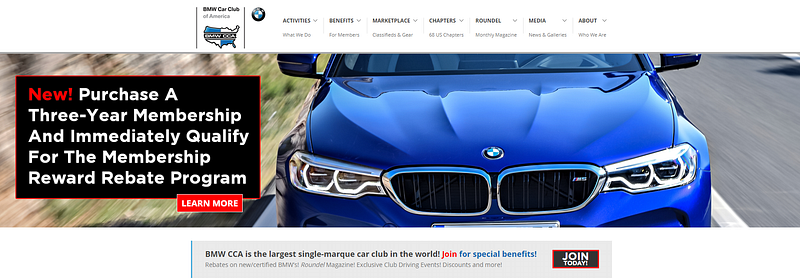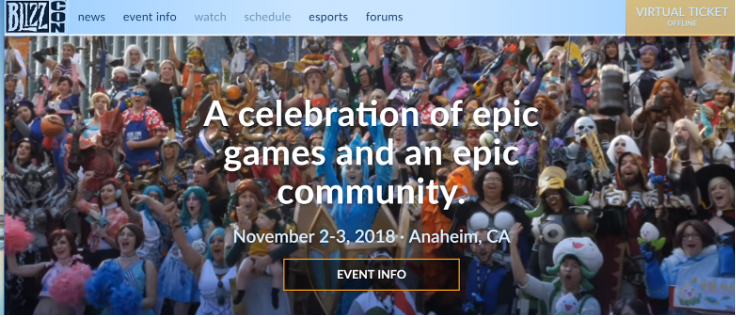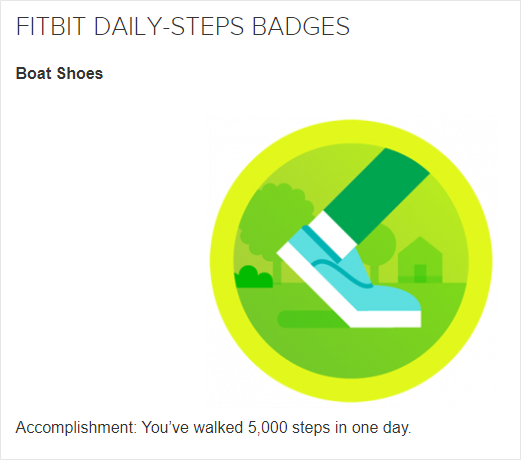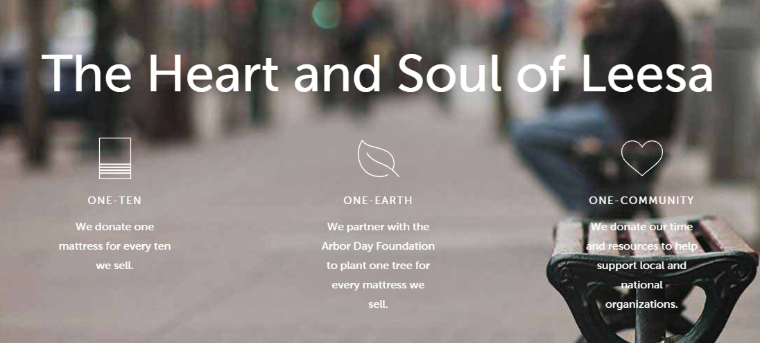No matter what field you work in, customer engagement is just as essential as lead acquisition. In fact, 68% of marketers today say that their companies compete on the basis of customer experience.
However, many marketers still struggle with figuring out the best ways to keep their customers engaged; holding the attention of customers long enough to make an impact can be hard, time-consuming work. While old-school newsletters still have their place, they alone can’t cut it anymore in today’s competitive environment.
Request a FREE Conversational Software demo and learn effective customer conversation management.
Here are the Best Strategies to Ace Customer Engagement
So, what can you do to differentiate yourself from the competition and keep your customers coming back for more? Let’s take a quick look at a few options that you can consider. Not all of these are easy and some may not suit the kind of business you run, so pick what works for you. While some options may not be cheap, losing loyal customers will be far more expensive in the long run.
1. Start an Employee Advocacy Program
Your employees are the face of your brand, and their interactions with your customers can go a long way in retaining them. If they’re excited by your brand and believe in the products you have to offer, the customers they talk to will feel that. Conversely, if they are demotivated or unhappy, your customers are definitely going to pick up on that negativity.
An employee advocacy program can help shape your company’s reputation and culture online. By having your employees share snippets of their work life on social media, they can help to build your company’s image as a great workplace with an honest, hard-working team. Not only that — you can even leverage the knowledge of your subject matter experts to create content that has depth and authority.
To encourage participation, you can maintain leaderboards and offer incentives to employees who post the most or get the most engagement. Shoe retailer, Zappos, is well known for their employee advocacy program — snippets of which you can see on the official Zappos Culture Twitter.

2. Keep Customers Emotionally Connected
The best way to keep a customer engaged is to find ways for them to interact with your brand, even when they aren’t necessarily interested in buying one of your products. You can do this in a number of ways.
Build a Community
Build a sense of community around your product or service using free tools, such as a designated Twitter handle, Facebook Group, or other online forums where people can meet and exchange ideas.
The idea is to draw your customers into a social circle that is based on the love for your brand or products. Not only are people in these groups more likely to continue buying your products because others are passionately sharing about them, but they’re also likely to recommend them to their other social circles. Their involvement in the community will ensure that they are fully aware of your latest offerings with little marketing effort needed from you.
As an example, BMW manages official “Owners’ clubs” that help their customers connect and learn from one another. Their clubs have grown a big reputation for offering exclusive content, advice, and rewards for car lovers who buy from their brand.
Host Live Events
Hosting events,conferences, or webinars that will be of interest to your customers is a great way to engage them in a non-transactional setting. Many gaming studios take advantage of in-person events to meet and get feedback from some of their most loyal fans. For customers, it’s an opportunity to see what the company is working on, meet like-minded individuals, have their voices heard by game developers, or play demo builds of upcoming games.
BlizzCon by Blizzard-Activision and QuakeCon by Zenimax Media both draw in thousands of attendees each year. And tens of thousands more people watch the live-streams of the events online. Attending larger conventions is also an effective (and much cheaper) way to engage with your fans. However, hosting your own event is a great way to keep the focus entirely on you and your products.
3. Gamify the Customer Experience
While gamification of a customer experience can be difficult, it allows you to engage customers using the sense of instant gratification.
Digital contests and giveaways are great ways to spur customer engagement for mutually beneficial results. For instance, hair accessories company Whirl-a-Style hosted a web contest asking customers to share their #WhirlMyStyle hairdos for a cash prize. The company earned tons of customer testimonials and marketing UGC at a very low cost.
Similarly, you can introduce badges or achievements for customers who’ve hit a certain milestone or completed a particular task while using your products. This is incredibly useful when it comes to making sure they use your product or services often.
Gaming is already well known for the concept of unlocking achievements. Companies like Fitbit and other fitness tracker makers have had good results by introducing similar aspects to their products.

4. Target “Whales” for Customized Services
Loyalty programs are a great way to help keep customers engaged with your brand. But you can take it one step further with a tiered loyalty program. Identify customers who spend significantly more than average on your products and consider giving them some sort of V.I.P. status.
While more loyalty points or discounts are nice, customized services are even better. For example, access to a personal stylist at a clothing retailer who offers expert advice in styles suiting body types and personalities.
A personal touch is extremely valuable when it comes to instilling a sense of loyalty in your customers. While you may not be able to offer that to all your customers, make sure your “high-rollers” feel like they’re getting V.I.P. treatment.
5. Be Socially Responsible
Often maligned by older generations, millennials tend to be more environmentally and socially conscious than any other generation. (And considering that millennials are already the largest generation in the labor force, their loyalty will soon determine whether your business lives or dies.)
Millennials are far more likely to support brands that not only offer valuable products but also support social or environmental causes.
Consider picking a cause that you are interested in and promoting it regularly in your marketing efforts. It can be anything you want as long as you care deeply and sincerely about it. The sincerity is important because millennials are better than previous generations at spotting disingenuous marketing.
For example, Leesa donates a mattress to a homeless shelter for every tenth mattress sold. They even plant a tree for every order received.
6. Streamline Your Customer Experience
This option probably takes the most effort to put in place. Depending on how your business operates, it could require small changes or a total overhaul. The key here is to reduce the number of steps needed to complete a transaction. This applies to both physical and online stores.
Every step required to complete a purchase increases the likelihood of customers walking away from a purchase. In stores, these could be long lines, a slow checkout process, or lack of assistance to help make choices.
Fast food giants like McDonalds have attempted to improve the experiences of their customers with the addition of self-service kiosks. These help to drastically cut wait-times without needing to increase staffing requirements.
Online, Amazon introduced 1-click ordering, allowing existing customers to purchase items with a single click. This uses billing, delivery, and payment information that’s already linked to their account.

Another great way of improving your customer experience and managing excellent relationships is to use a CRM tool. Tools like Salesmate allow you to keep all of your customers’ contact information in one place. You can use it to run email campaigns that include informative and highly-targeted content. You can even do timely follow-ups for any sales queries or interest they may have shown.
Orginally published on Zoomph.
About the Author
Shane Barker is a digital marketing consultant who specializes in influencer marketing, product launches, sales funnels, targeted traffic, and website conversions. He has consulted with Fortune 500 companies, influencers with digital products, and a number of A-List celebrities.
